Pierre-Auguste Renoir, “Le déjeuner des canotiers”, 1880-1881 © The Phillips Collection, Washington
‘One cannot think well, love well and sleep well, if one has not dined well’. (Virginia Woolf)
Welcome to the world of Michelin stars, where your fork becomes a magic wand and every bite tells a story you’ll savor long after the napkin hits your lap. In such selected restaurants, dining is more than simply consuming food; it is a meticulously choreographed performance where small portions pack a punch in terms of flavor, and sauces are artfully applied to plates. Chefs transform ingredients into characters, and diners experience a culinary drama that can be described as a ‘delicious entertainment’. It is the kind of meal that prompts a moment of reflection, admiration, and occasionally even a quiet expression of delight to one’s neighbor. A Michelin-starred experience is not merely about satiating the appetite, but rather inspiring guests to make plans for their next visit.
Food possesses the unique power to tell a story, forging connections between people and creating memorable experiences. It’s a truth captured perfectly by Julia Child’s famous observation: ‘People who love to eat are always the best people.’
Nowhere is this more evident than in a Michelin-starred restaurant, an experience often described as both transformative and awe-inspiring. For chefs, a Michelin star is the ultimate mark of extraordinary quality. For diners, the experience extends far beyond taste alone, encompassing the precise context and impeccable ambience of the meal itself.
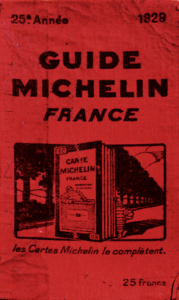
The story behind the Michelin Star rating system is both intriguing and somewhat unexpected. The Michelin Guide was first published in France in 1900 by André and Édouard Michelin, the founders of the Michelin tire company. Their strategy was a stroke of genius: to encourage people to drive more, which would cause their tires to wear out faster, thereby increasing demand for their own product.
The inaugural guide, a free booklet handed out to French motorists, was very practical. It contained maps, tire-changing instructions, and listings for fuel stations, hotels, and restaurants—all designed to facilitate travel. A pivotal change occurred around 1920 when the guide was no longer given away but began to carry a price. This shift transformed it from a promotional item into a valuable resource, instantly adding prestige to its contents.
The culinary recognition we know today began in 1926 with the introduction of a single star to denote a “fine dining establishment.” The iconic three-tiered system was finalized after 1931, cementing definitions that have endured for nearly a century: one star for a “high-quality restaurant in its category,” two for “excellent cooking worth a detour,” and the coveted three stars for “exceptional cuisine that justifies a special journey.”
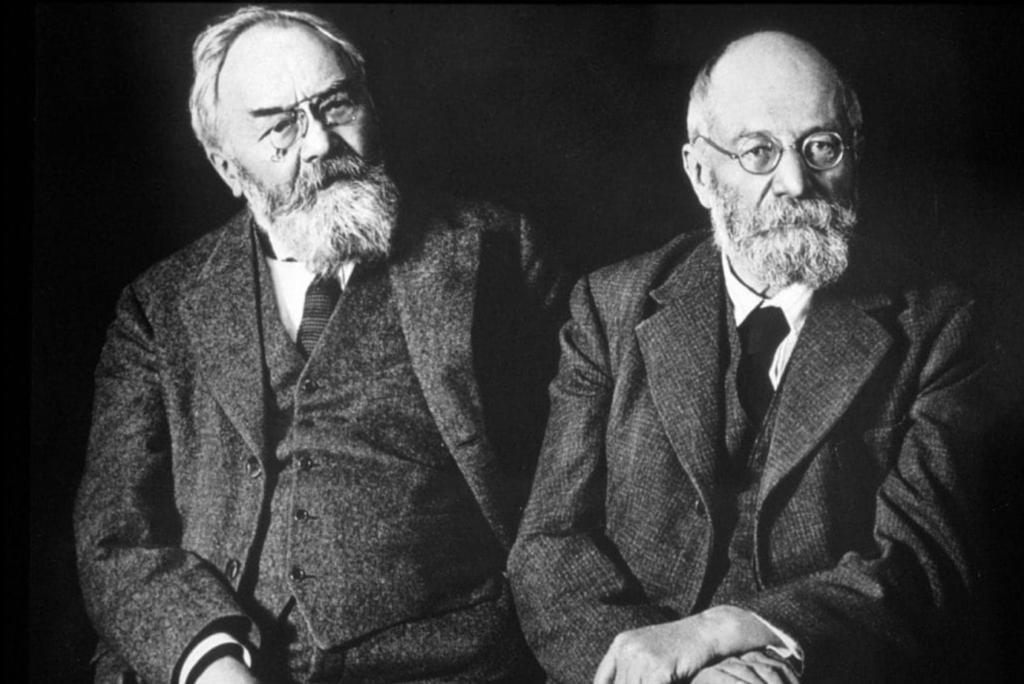
In 1955, two additional special categories were introduced: the ‘Bib Gourmand’, recognizing exceptional cuisine at reasonable prices, and in 2020, the ‘Green Star’, acknowledging restaurants that demonstrate outstanding commitment to sustainability.
In the late 1920s, the guide expanded to include Belgium, and then the rest of Europe. It became a symbol of postwar prosperity and a guarantee of culinary excellence. Today, its reach is truly international, with guides covering more than 30 countries across the Americas and Asia. The stars remain the most coveted accolades in the restaurant industry, upheld by one of the most secretive and prestigious rating systems ever devised.
Michelin employs a team of full-time inspectors, often with backgrounds in hospitality, culinary schools or fine dining. They always dine incognito, paying their own bills to guarantee impartiality. Stars are awarded based on strict and globally consistent criteria that include the quality of ingredients, cooking techniques, harmony of flavors, the personality of the chef in the cuisine, as well as the consistency of the service. Stars are awarded not only across visits but also throughout the menu and over time. Inspectors make multiple visits to restaurants annually, and final decisions are reached collectively during Michelin’s annual ‘star meetings’, to ensure every award is fair, uniform and unquestionably earned across countries.
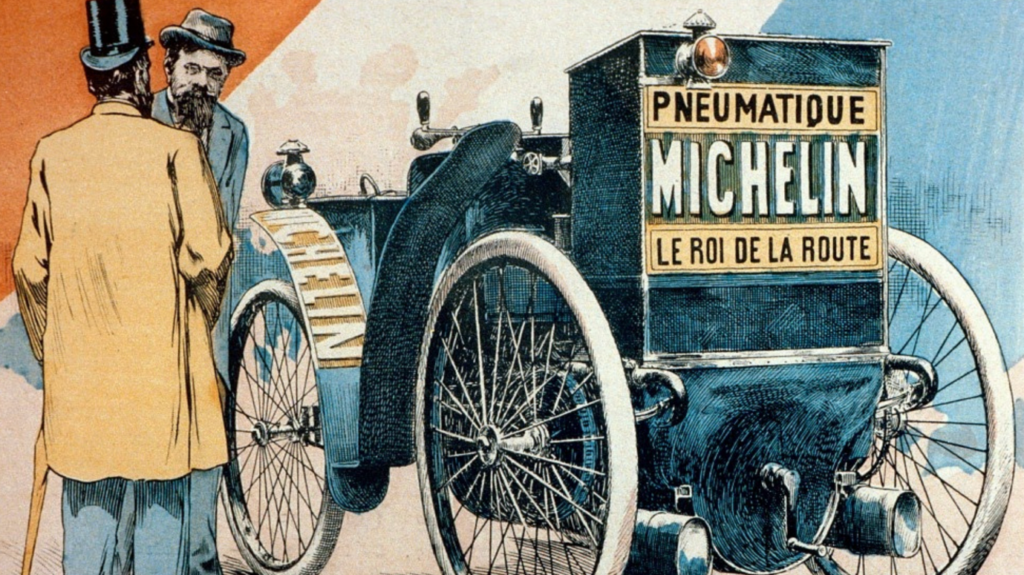
This unique perspective is further highlighted by the juxtaposition of Michelin’s origins as a tire company booklet with its current global reputation as the gold standard in fine dining.
Despite the guide’s international expansion, Europe remains the undeniable heartland of Michelin-starred dining. As the birthplace of the guide, France continues to lead with a formidable tally of more than 630 starred restaurants, including over 30 that hold the coveted three-star distinction. Italy follows in second place with approximately 380 starred establishments, home to world-renowned venues such as Osteria Francescana in Modena and Piazza Duomo in Alba.
Germany boasts a robust culinary scene with around 330 Michelin-starred restaurants, concentrated in hubs like Berlin, Munich, and the Black Forest region. Spain, with around 270 starred restaurants, is celebrated for iconic three-star institutions like El Celler de Can Roca in Girona—a multiple-time “World’s Best Restaurant” winner—and the legendary Arzak in San Sebastián, a culinary landmark for over fifty years.
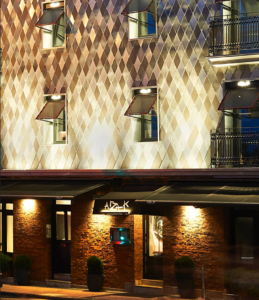
The United Kingdom and Ireland together claim about 230 starred restaurants, with most of them in London. Meanwhile, Belgium, with around 140 starred restaurants, stands out for having one of the highest number of Michelin stars per capita.
Beyond these dominant players, other European nations make significant contributions to the Michelin landscape. Switzerland, the Netherlands, Austria, and the Nordic countries—particularly Denmark and Sweden, driven by the influential New Nordic Cuisine movement. Outside of Europe, Japan is the leader, with 387 Michelin-starred restaurants. (Source: Statista.com).
Europe isn’t just a major player in the Michelin universe; it’s the foundational influence. The continent embodies the full spectrum of the guide’s philosophy, from French cuisine and the avant-garde creativity of Spain, to Italy’s passion for ingredients and the Nordic commitment to sustainable innovation.
Although expensive as a general rule, a Michelin-starred meal in Europe can vary considerably depending on the country, the number of stars awarded and style of the restaurant.
Generally, one-star menus range from €50 to €150 per person, with many establishments offering more accessible prix-fixe options at lunch. For example, a one-star bistro in Brussels may feature menus under €100. Dining at a two-star restaurant typically costs between €120 and €250 per person. At this level, the focus shifts toward technical innovation and rare ingredients, often accompanied by an elevated wine pairing experience that can add €100 or more to the final bill. Most three-star restaurants propose menus generally starting around €250 and exceeding €400 per person. At certain celebrated establishments, extensive tasting menus can reach up to €800. Nordic countries such as Denmark, and Switzerland are typically at the premium end, while Spain and Portugal are renowned for offering exceptional value. A number of chefs are introducing shorter, more affordable “discovery menus,” democratizing access to this echelon of dining.
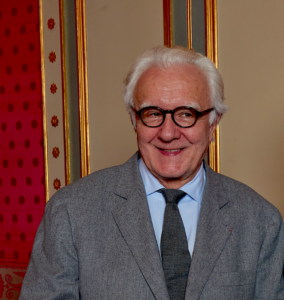
Currently, some of the most affordable Michelin-starred restaurants in Europe include Hostellerie la Montagne (Colombey-les-Deux-Églises, France), offering traditional French cuisine in a simple countryside setting, with menus starting from just €20 per person. L’Antic Molí (Ulldecona, Spain) serves creative Mediterranean dishes with a strong focus on sustainability and local produce, with tasting menus ranging from €45 to €65. Kajitsu (Vienna, Austria), provides an innovative Japanese vegetarian experience, with lunches priced between €35 and €45.Liath (Dublin, Ireland), an extremely popular spot, offers an early evening tasting menu for approximately €50. EssZimmer by Käfer (Munich, Germany), stands out as a two-star restaurant where lunch menus are available for €75–€90, representing exceptional value for its caliber. This strategy of offering more affordable menus, particularly at lunch, is a common and effective way for Michelin-starred restaurants to attract a broader audience.
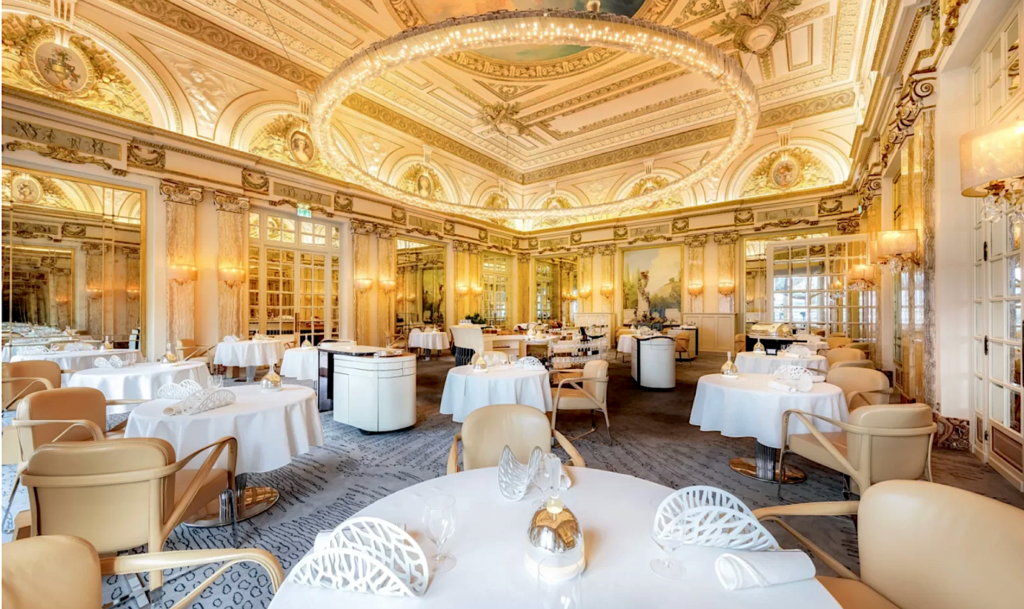
On the other end of the spectrum, Europe is home to Michelin-starred restaurants that represent the pinnacle of luxury and expense, often corresponding with their star count. A prime example is the two-star Sublimotion in Ibiza, Spain, which transcends traditional dining. It offers an immersive “dinner show” combining gastronomy, virtual reality, and live performance. This multi-sensory experience commands a price of approximately €1,500–€1,800 per person…probably too prohibitive for everyone. Le Louis XV – Alain Ducasse, in Monte Carlo is a legendary, three-star establishment within the famous Hôtel de Paris. Set in a lavish dining room overlooking Casino Square, its menus range from €400 to €450. Guy Savoy, a three-starred restaurant in Paris is famed for signature dishes like its artichoke and black truffle soup, featured within a tasting menu priced around €630. Alain Passard’s Arpège, also in Paris is a popular restaurant that focuses on vegetables and offers seasonal tasting menus for between 420 and 490 EUR with premium wine pairings available. Piazza Duomo in Alba, Italy is known for its sophisticated Piedmontese cuisine. Menus here range from around 300 to 400 EUR, but these prices increase significantly during the autumn white truffles season.
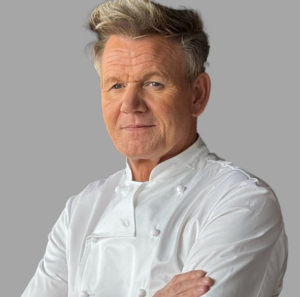
While the affordable Michelin experience can start from just 20 EUR, the high end – particularly when incorporating wine pairings, exclusive ingredients and “experience-based” dining can easily exceed 1,000 EUR per person, making it an exclusive luxury.
But we should not forget that while these temples of gastronomy celebrate cuisine as an art form, millions worldwide face food insecurity and struggle to afford basic sustenance. This profound disparity forces us to confront a difficult question: what is the role of such extreme culinary luxury in a world where hunger remains a pervasive crisis? Fine dining, therefore, is not merely an indulgence; it is a privilege. In an era where food security is one of humanity’s most pressing challenges, the difference between culinary artistry and having enough to survive has never been more apparent.
While the cost is undoubtedly significant, for those who partake, the experience is considered a meticulously crafted investment in artistry. Ultimately, the price tag is secondary to the true defining element of a Michelin-starred meal: the culinary genius on the plate. Securing a reservation requires strategic planning far in advance. For a one-star restaurant, booking two to four weeks ahead is typically necessary. The demand increases sharply with two-star establishments, where reservations often need to be made approximately three months in advance. For the world’s most celebrated three-star temples of gastronomy, planning six to twelve months ahead is essential, as tables frequently sell out within minutes of becoming available. El Celler de Can Roca, run by the three Roca brothers, opens its reservation book precisely eleven months in advance, and waiting a full year for a table is commonplace. Similarly, a dinner at Gordon Ramsay’s restaurant in London typically requires a lead time of two to three months. While last-minute cancellations can occasionally create openings, many restaurants now manage demand through waiting lists or even lottery systems. 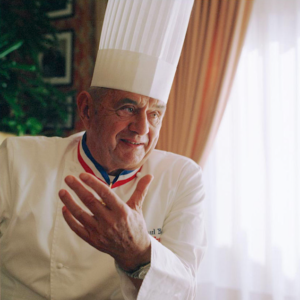
Michelin stars have served as a primary catalyst for launching chefs into the global spotlight. Gordon Ramsay, famous for his television persona, is also a celebrated figure in the Michelin world. He has maintained three stars at his London restaurant since 2001.
The late Paul Bocuse, often called the ‘Pope of French Cuisine,’ was a titan of nouvelle cuisine, and his restaurant, l’Auberge du Pont de Collonges near Lyon held three Michelin stars for over 55 years.
Joël Robuchon, hailed as the ‘Chef of the Century,’ became the most decorated chef in history, holding an unprecedented 32 Michelin stars at his peak across his global L’Atelier de Joël Robuchon restaurants.
Alain Ducasse, from France, made history as the first chef to hold three stars in three different cities simultaneously (Monaco, Paris, and London) and now oversees a constellation of starred restaurants.
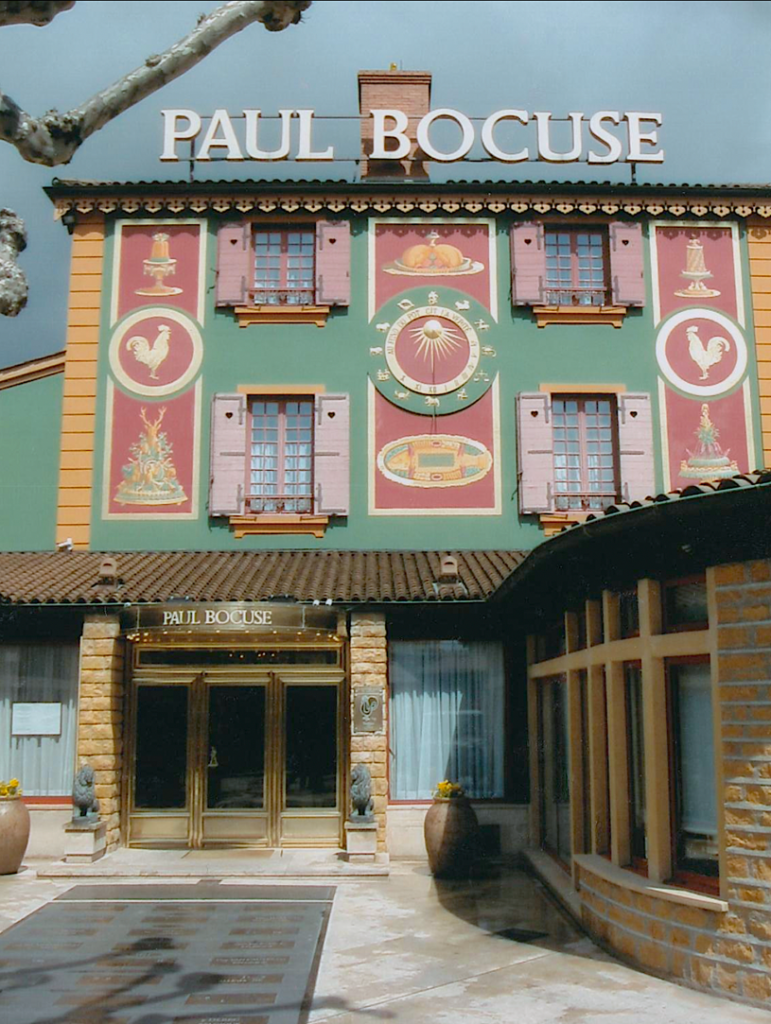
Massimo Bottura of Italy’s Osteria Francescana and Heston Blumenthal of The Fat Duck in the UK used their three-star status and “World’s Best Restaurant” titles to become synonymous with creative, avant-garde cuisine.
True innovation has also been recognized. René Redzepi of Copenhagen’s Noma fundamentally reinvented Nordic food, creating a worldwide movement before the restaurant’s closure in 2024.
Anne-Sophie Pic stands as the only woman in France to hold three Michelin stars for her restaurant, Maison Pic, celebrated for its refined and aromatic style. For many, the Michelin star is not just an award but the foundation of a global business empire, allowing chefs like Robuchon, Ducasse, and Ramsay to monetize their prestige and influence on an international scale.
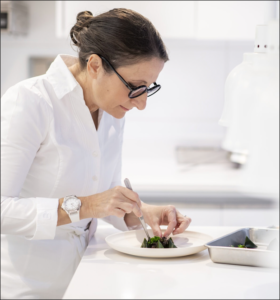
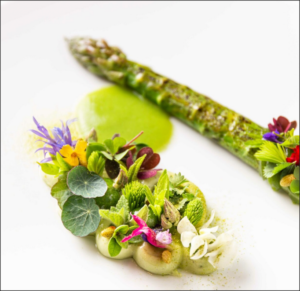
The world of fine dining is definitely changing. These days, a Michelin-starred meal doesn’t automatically mean a formal palace with crystal chandeliers. There’s a real push for chefs to be not just talented, but also thoughtful about where their food comes from. You see more menus highlighting local farms or even the restaurant’s own garden.Today’s celebrated chefs are expected to be not only masters of flavor but also carers of the environment. This is reflected in menus that highlight hyper-seasonal, locally sourced ingredients, often procured directly from small-scale farms or the restaurant’s own garden. Concurrently, there is a culinary renaissance in vegetarian and vegan cuisine, with chefs applying sophisticated techniques once reserved for meat and fish to vegetables, grains, and plant-based proteins, elevating them to the center of the plate.
The experience of dining itself has also evolved. The traditional French wine pairing, while still revered, now shares the stage with creative alternatives like curated tea selections, house-made kombuchas, and complex non-alcoholic fermentations. The atmosphere in many top restaurants has become more relaxed and engaging, featuring open kitchens, convivial service, and a focus on genuine hospitality. The goal is not to intimidate, but to create a memorable and accessible experience.
Michelin-starred chefs are increasingly incorporating their cultural heritage into haute cuisine, creating dishes that blend classic French techniques with flavors from Asia, Africa, or Latin America. Today, a meal at such a restaurant is a narrative journey, where food is paired with stories of tradition, memory, or sustainable practices.
Technology also plays a subtle role, appearing in fermentation labs, interactive plating, and digital storytelling. Some chefs are even experimenting with 3D-printed food and AI-generated menus. This focus on innovation is matched by a shift toward more curated tasting menus, where quality, precision, and sustainability take precedence over quantity.

Consider how you feel after a Michelin-starred meal: satisfied, but never stuffed. This isn’t a strategy to upsell dessert—it’s central to the experience. Each artfully composed portion is a choreographed act of culinary magic, allowing your palate to appreciate each course fully. Think of it as a marathon of flavors, not a sprint. The modest portions ensure you can savor every nuance, admire the presentation, and eagerly anticipate what comes next. In fine dining, less is indeed more… except when it comes to the applause for the chef.
Ultimately, Michelin-starred dining has gone beyond the white tablecloths and unpronounceable dishes. It’s now about chefs who tell stories with unexpected ingredients, sommeliers who might pair a course with kombucha instead of champagne, and restaurants proving that sustainability can be divine. The contemporary culinary scene feels less like an intimidating etiquette exam and more like a creative adventure—a chapter in your own story, marking life’s memorable and festive moments. It’s an experience where the planet, your palate, and perhaps even your Instagram feed all earn a star.

